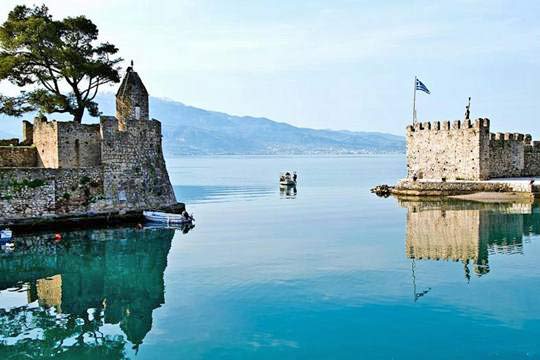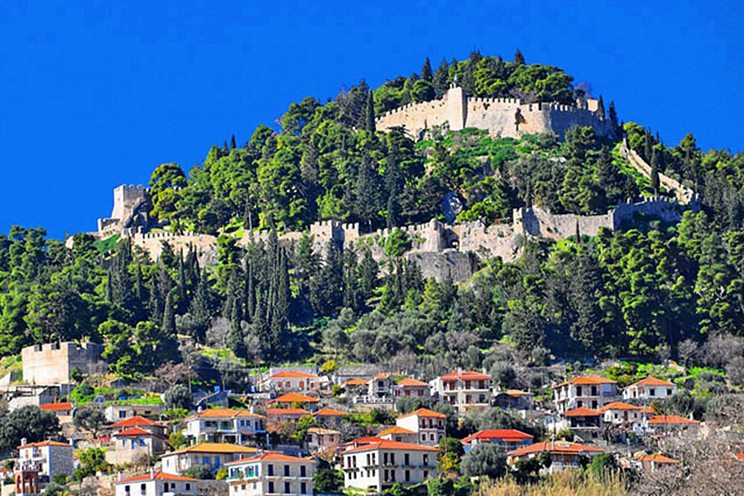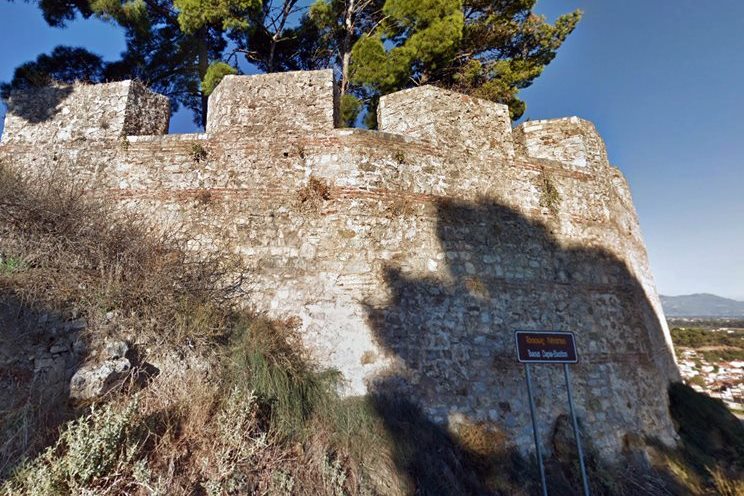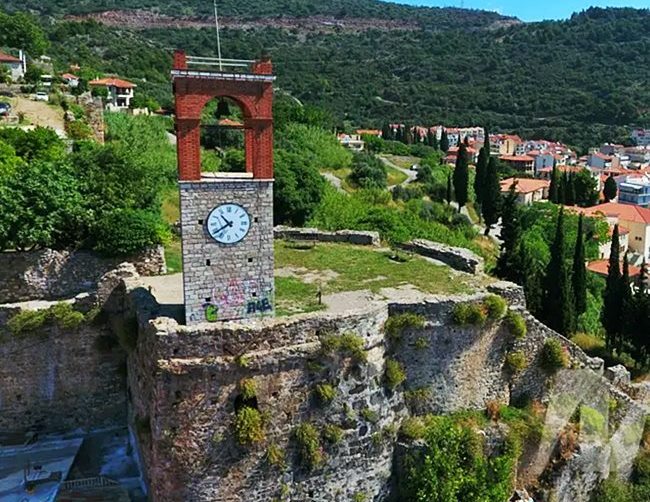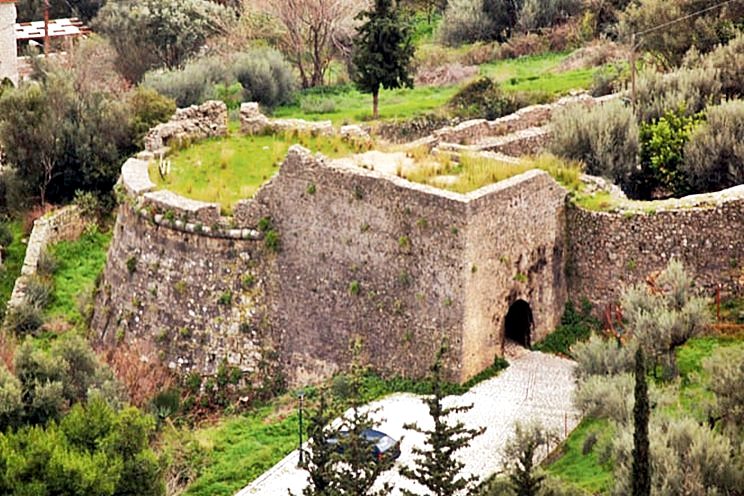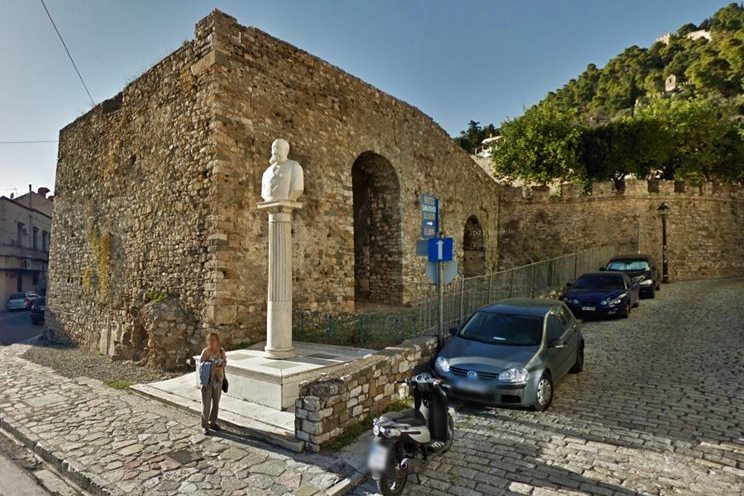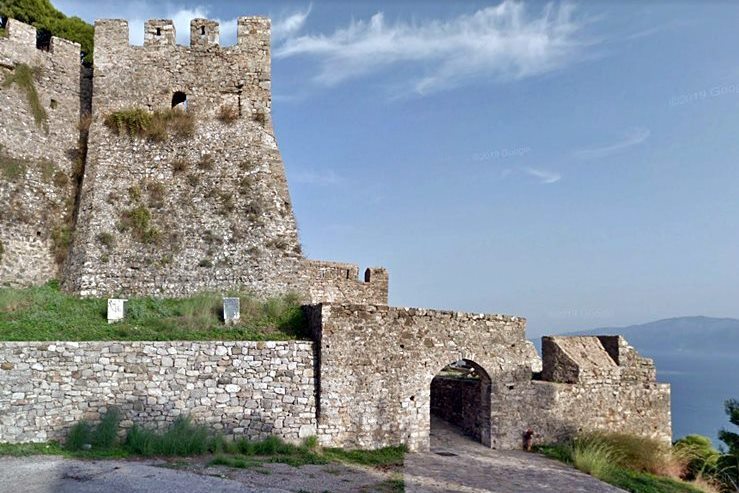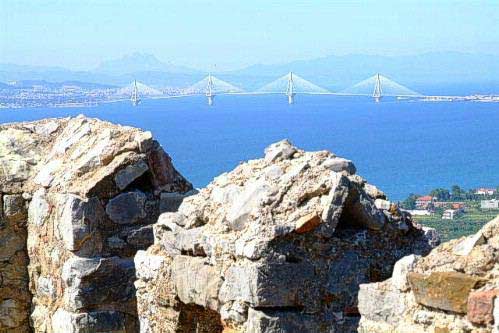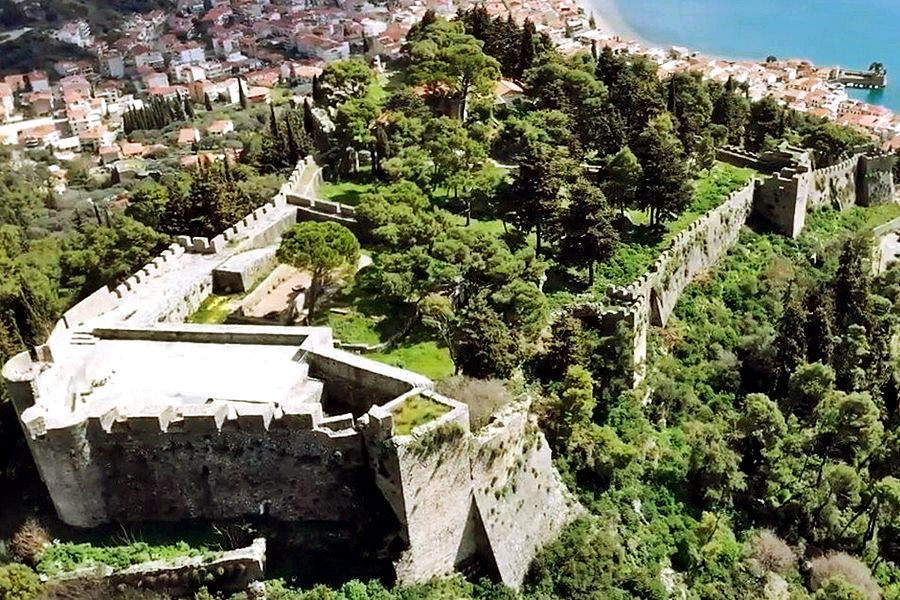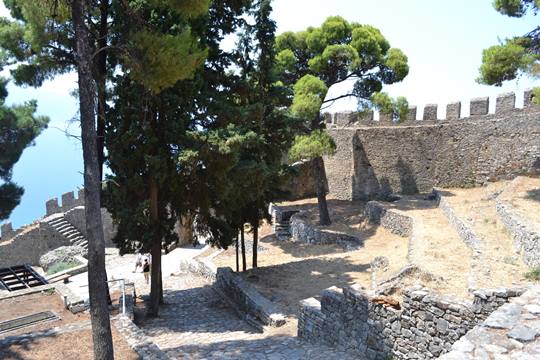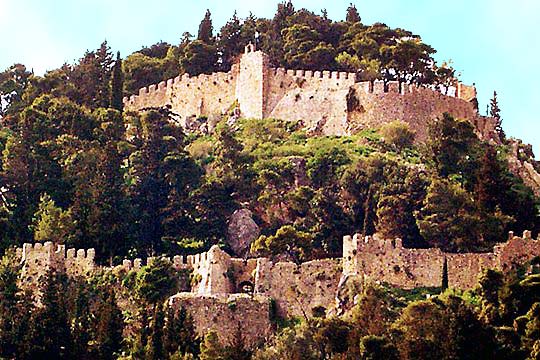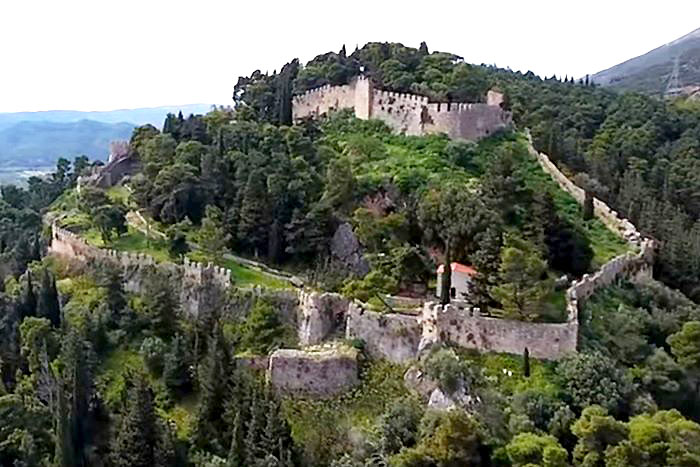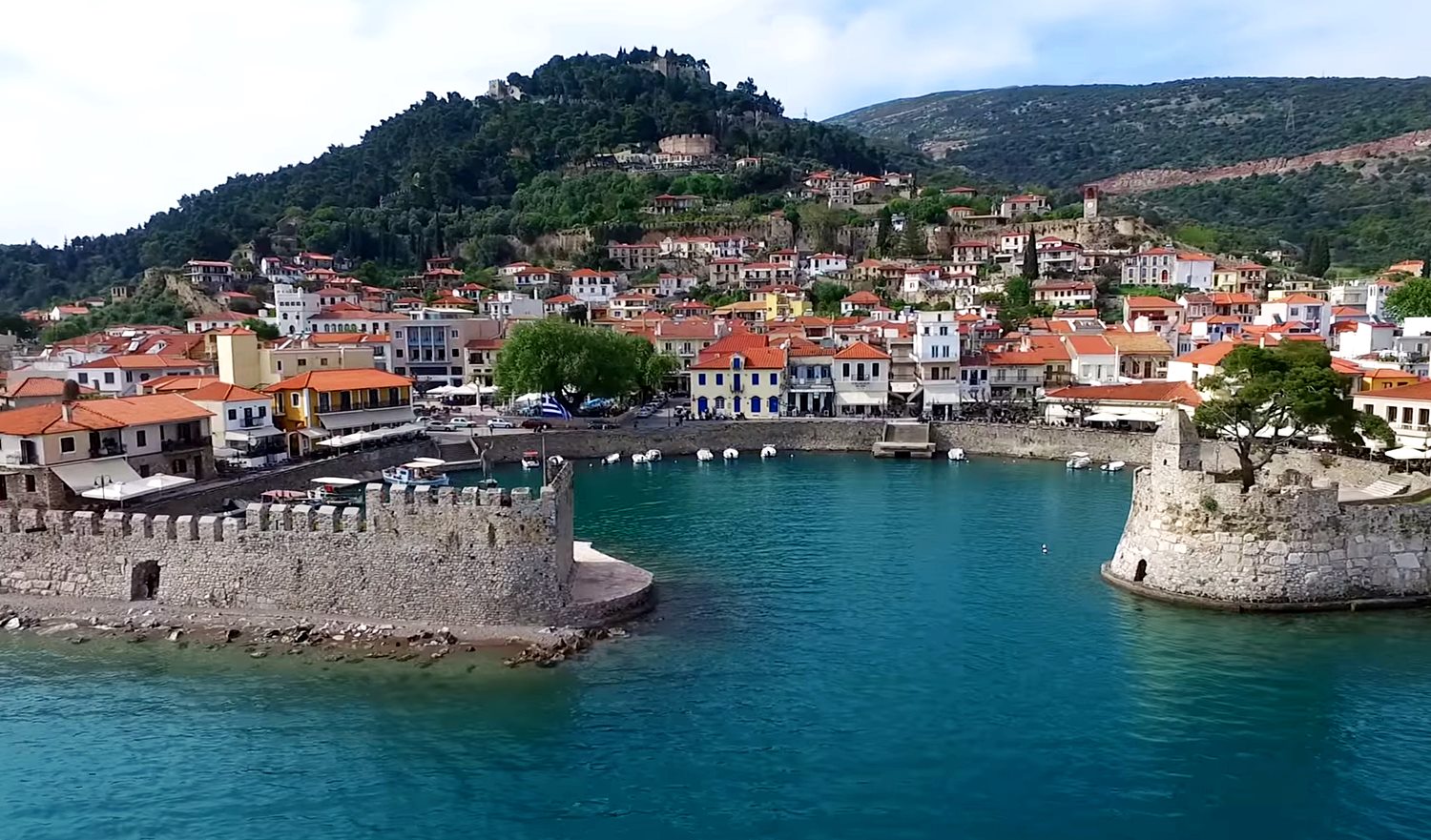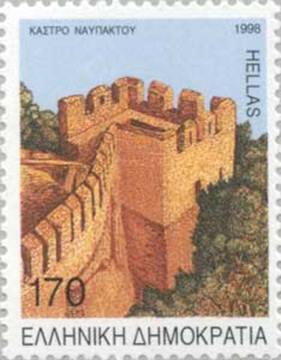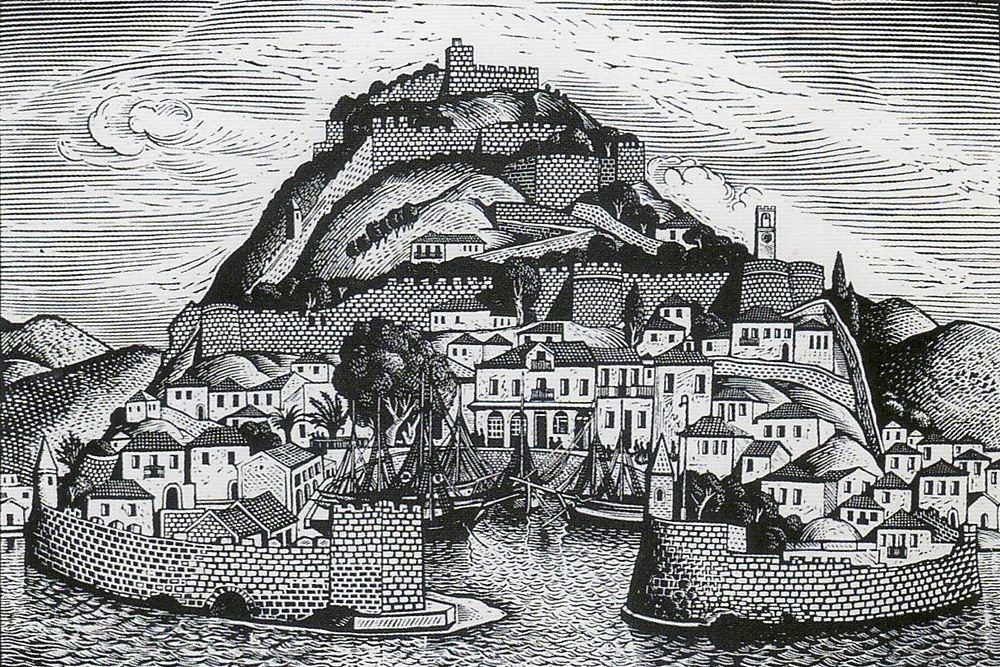Nafpaktos, Nafpaktos, Aetolia-Akarnania,West Greece
Castle of Nafpaktos
| Location: |
| Nafpaktos, Western Greece |
| Region > Prefecture: | 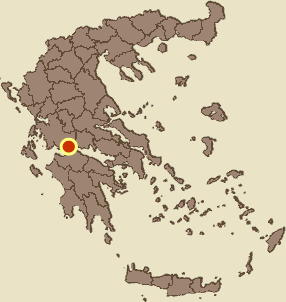 |
| West Greece Aetolia-Akarnania | |
| Municipality > Town: | |
| City of Nafpaktos • Nafpaktos | |
| Altitude: | |
| Elevation ≈ 170 m |
| Time of Construction | Origin | |
| 15th century | VENETIAN |
|
| Castle Type | Condition | |
| Fortress-state |
Relatively Good
|
The well preserved Castle of Nafpaktos is one of the most beautiful castles in Greece.
The Name of the Castle
In historical sources Nafpaktos is known by various names: Nafpaktos for the Ancient Greeks, Le Pacto, La Pacto, Nepantum, Neopantum, Neopatum, Nepanto for the Franks, Lepanto and Lapente for the Venetians, Inebahti for the Turks.
During the Byzantine period, its name was also Epaktos or Epachtos.
Nafpaktos is internationally known mainly as Lepanto due to the naval battle of Lepanto (1571), which is considered one of the most important naval battles in world history.
The ancient name “Nafpaktos”, indicates that in ancient times it was a place of shipbuilding.
History
The castle of Nafpaktos owes its current form to the Venetians. Nafpaktos was of great strategic importance to Venice and during the first period of Venetian rule (1407-1499) they tried to protect it from the advancing Ottomans by building a strong castle.
The fortifications of Nafpaktos start from a hill to the northwest of the modern city and end at the port. It is the result of many different construction phases, from antiquity to Tourkokratia. And they are kept in rather good condition compared to other Greek castles of the same size.
The castle of Nafpaktos more or less occupies the place of the ancient fortification, which according to recent findings was larger than the medieval one. The city was originally owned by the Ozolian Locrians, in the ancient times. At around 455 BC, the people of Athens sent the Messenian refugees there and made it their main naval station in western Greece during the Peloponnesian war. Two key battles took place (thoroughly described by Thucydides) and in 404 BC it was returned to the Locrians. In 191 BC, the castle was yielded to the Romans.
During the Early Byzantine period it belonged to the province of Achaea and was the seat of a diocese. In 551/552 AD the city was destroyed by an earthquake.
During the dark Byzantine ages (7th / 8th cent.) the city must have suffered due to the descent of the Slavs and the sea raids of the Saracens. In this period it belonged to the thema of Hellas. At the beginning of the 10th cent. became the capital of the thema of Nikopolis, as well as the seat of the Metropolis of the Old Epirus.
In 1204, in the division that followed the fall of Constantinople, Nafpaktos was ceded to the Venetians. In 1210 Michael Angelos Komnenos annexed it in the possessions of the Despotate of Epirus. In 1294 it was part of the dowry given to the prince of Taranto Filippo d’Anzou and in 1380 it was occupied by the Albanian chief Gino Boua Spata.
From 1407 to 1499 it was the first Venetian period of Nafpaktos. After that, until 1687 it was under Turkish rule. From 1687 to 1699 was the period of the Second Venetian period to be followed by the Turkish occupation until 1829.
Structure, Fortification & Buildings
The medieval fortification of Nafpaktos has an elongated irregular shape on the north-south axis with a maximum length of 750m. and maximum width 365m.
The total area is 175,000 sq.m. and the perimeter is 2250 meters.
The castle of Nafpaktos owes its current image to works that were done in different periods for many centuries.
Its form in antiquity is not exactly known. It covered a larger area than the medieval one, something that is indicative of the size and importance of the ancient city. Remains of the ancient fortification can be seen embedded in the northwest side of the walls, and also in the eastern part above the Faltsoporti gate.
The Byzantine castle must have existed since the beginning of the Byzantine period, but it was certainly rebuilt in the 10th or 11th century when Nafpaktos became the capital of the thema of Nikopolis. That castle was confined to the top of the hill leaving the lower city and port unprotected. And, of course, it did not have its current layout with the five zones.
After 1407, when the Venetians occupied the city, they redesigned and rebuilt the castle, the walls of which were extended to the port, while the multiple inner enclosures were created and modern bastions were added. The emblem of Venice, the Lion of St. Mark, was embedded in various places and today is preserved in the west tower of the port and in the bastion of the east gate, in Faltsoporti.
The strongest and highest point of the castle is at its northwestern end, where the citadel is. From there, the fortification extends to the south in two arms that, following the geomorphology of the sloping ground, end up on the shore, enclosing the small Venetian port.
Between the long walls that go down to the sea there are 4 transverse walls that divide the castle into 5 zones, ie 5 internal baileys.
The three upper zones are on more rugged terrain and formed the original core of the castle, where the administrative center and the facilities of the guard were located. It goes without saying that the strongest point is the first zone, the citadel, at the highest point.
The zones 4 and 5 include the modern city and the port.
In the castle of Nafpaktos the walls are largely preserved and, as a rule, at their original height. In a few places the walls have been demolished. In most cases, this happened in the 20th century to make way for the construction of roads to serve the city (photo 22).
The thickness of the walls ranges between 2.5 and 3.5 meters. In some places the outer side of the walls is sloping with a scrapa to enhance the resistance to gunfire.
At the top of the walls is a parapet about 2 meters wide, the outer side of which is protected by crenellations.
At key points the fortification is reinforced with bastions or with towers. Most of the towers are square and Byzantine, while the bastions are truncated-cone shaped and Venetian. (But there are also Turkish ones.) In the whole fortification, 30 towers and bastions can be counted today.
The most characteristic bastion is the so-called “Oraia Tapia” (meaning beautiful bastion, photo 8) which is in the center of the 4th zone without being connected to a wall. It is a massive Venetian bastion and one of the most distinctive elements of the inland fortification.
Another notable bastion is the semicircular Ottoman bastion at the junction of the outer eastern walls of the 4th and 5th zones, on which the clock tower of Nafpaktos was built in 1914 (photo 9).
The castle of Nafpaktos had 5 external gates, one of which was a sea-gate. For the lower castle (zones 4 and 5) there was the Western Gate (photo 11) which is preserved on the main road of the modern city, while the eastern gate has been demolished since 1937.
For the upper caste (zones 1,2,3) we have the West Gate (photos 14,16) which is a complex of 3 successive gates that lead to the lower part of the 3rd zone. The gate is protected by a Byzantine tower to which a leaning mantle has been added in a later period which makes it look conical.
The upper castle has another gate at the east side known as “Faltsoporti” (photo 10) which is protected by a strong Venetian bastion.
In addition to the outer gates there are smaller inner gates that facilitate communication between the zones. The most picturesque of these interior gates is the Sideroporta (Iron Gate) between the 4th and 5th zones.
But the most characteristic monument of Nafpaktos, and in a way its trademark, is the small Venetian port with the two marine bastions at the entrance. This port has been very important and has a rich history, since antiquity. The way it is shaped today has Venetian origins but many of its fortifications are Ottoman, such as the turret with the conical hat.
In the old days the entrance of the port was closed with a chain from one bastion to another.
The port was an important center of trade during the Venetian occupation, in the 15th century. Inevitably in the following centuries its small size must have limited its usefulness, something that brought a slight decline of the city from the 18th century, as the ships of the time could no longer fit in the small port.
Today the fortification of Nafpaktos is one of the best preserved examples of medieval fortress architecture in Greece.
| First entry in Kastrologos: | August 2012 | Last update of info and text: | December 2021 | Last addition of photo/video: | December 2021 |
Sources
- Σταύρος Μαμαλούκος, ΠΑΡΑΤΗΡΗΣΕΙΣ ΣΤΗΝ ΑΡΧΙΤΕΚΤΟΝΙΚΗ ΚΑΙ ΤΗΝ ΟΙΚΟΔΟΜΙΚΗ ΙΣΤΟΡΙΑ ΤΩΝ ΜΕΣΑΙΩΝΙΚΩΝ ΟΧΥΡΩΣΕΩΝ ΤΗΣ ΝΑΥΠΑΚΤΟΥ, Ναυπακτιακά ΙΗ’, Ναύπακτος 2015
- Website greeka.com Nafpaktos Castle
- Website of Municipality of Nafpactos Κάστρο της Ναυπάκτου
- Bικάτου Ολυμπία, Κατσούλη Ελένη, ΚΑΣΤΡΟ ΝΑΥΠΑΚΤΟΥ: Η ΥΛΟΠΟΙΗΣΗ ΤΟΥ ΕΡΓΟΥ«ΑΠΟΚΑΤΑΣΤΑΣΗ ΚΑΙ ΣΤΕΡΕΩΣΗ ΤΜΗΜΑΤΩΝ ΤΟΥΚΑΣΤΡΟΥ ΝΑΥΠΑΚΤΟΥ ΚΑΙ ΑΝΑΔΕΙΞΗΤΟΥ ΑΡΧΑΙΟΛΟΓΙΚΟΥ ΧΩΡΟΥ» ΣΤΟ ΠΛΑΙΣΙΟ ΤΟΥ ΕΣΠΑ 2007 - 2013, Εφορεία Αρχαιοτήτων Αιτωλοακαρνανίας και Λευκάδας
- Αρχαιολογικόν Δελτίον τεύχος 21/Β2 (1966), σελ. 265-268
|
|
| Access |
|---|
| Approach to the monument: |
| The venetian port is actually the center of the town of Nafpaktos, while for the part of the castle on the hill, the is a good road and signs |
| Entrance: |
| Ticket entrance in the upper castle. Limited hours. Free access to the port and the fortifications around the modern city. |
| Other castles around |
|---|
| Antirrio Fortress |
| Castle of Elekistra |
| Koulia of Kanavos |
| Castle of Kastritsi |
| Castle of Listrena |
| Castle of Patra |
| Pournarokastro |
| Rio Castle |
| Tower of Roufos |
| Castle of Salmenico |



